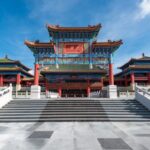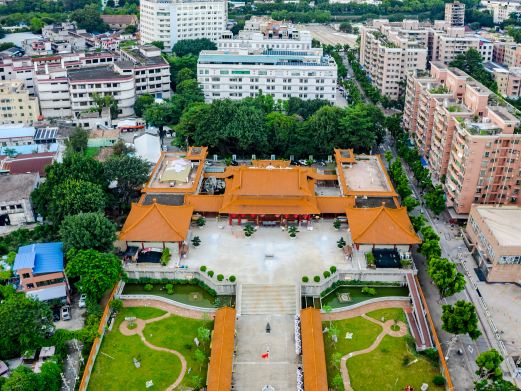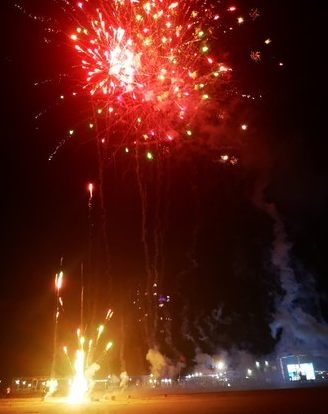Pangu Temple was originally constructed in the 15th year of the Zhi Yuan era under Emperor Kublai Khan (1278 AD). It underwent renovations during the Hongzhi and Chongzhen reigns of the Ming Dynasty. In the 27th year of the Kangxi era of the Qing Dynasty (1688 AD), due to river erosion, it was rebuilt southwest of Qiuci, with records on steles. According to historical documents and folklore, the original Pangu Temple resembled the three halls of the Forbidden City in Beijing, with a structure made of stone, brick, and wood, topped with colored glaze tiles, shining brightly and spectacularly. The front hall stood 36 feet high, symbolizing 360 days of a year; the steps consisted of 18 levels, representing the 18 layers of hell; there were 108 eaves purlins, arranged according to the 36 heavenly stems and 72 earthly branches; each purlin end was adorned with a copper bell, placed according to the five musical notes of gong, shang, jiao, zhi, and yu, with the saying “when the wind shakes the bells, the heavens play music, and when light shines on the temple top, the earth shines brightly.” The temple is open all year round from 9:00 to 17:00.
Pangu Temple
Pangu Temple was originally constructed in the 15th year of the Zhi Yuan era under Emperor Kublai Kh[...]









